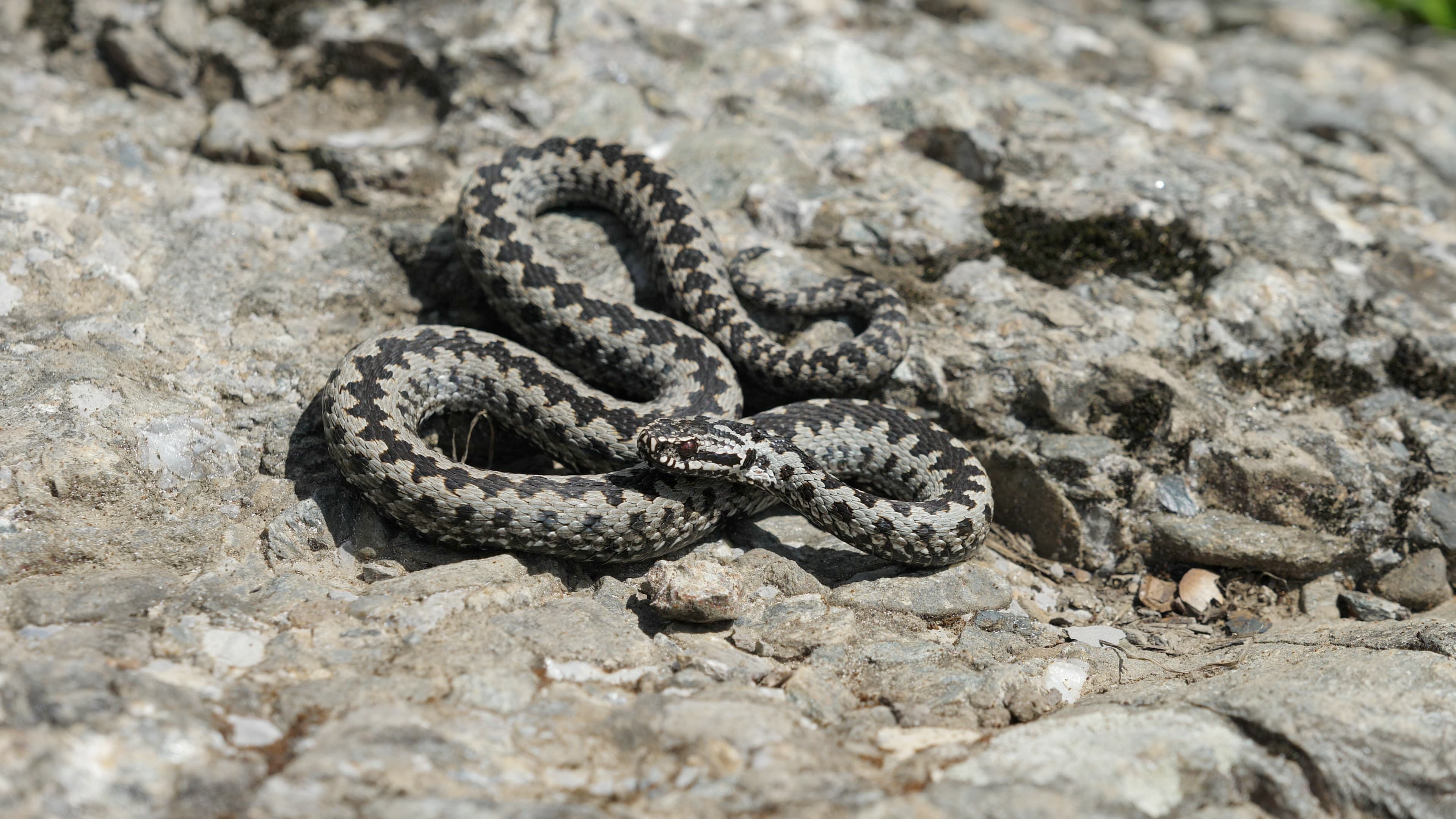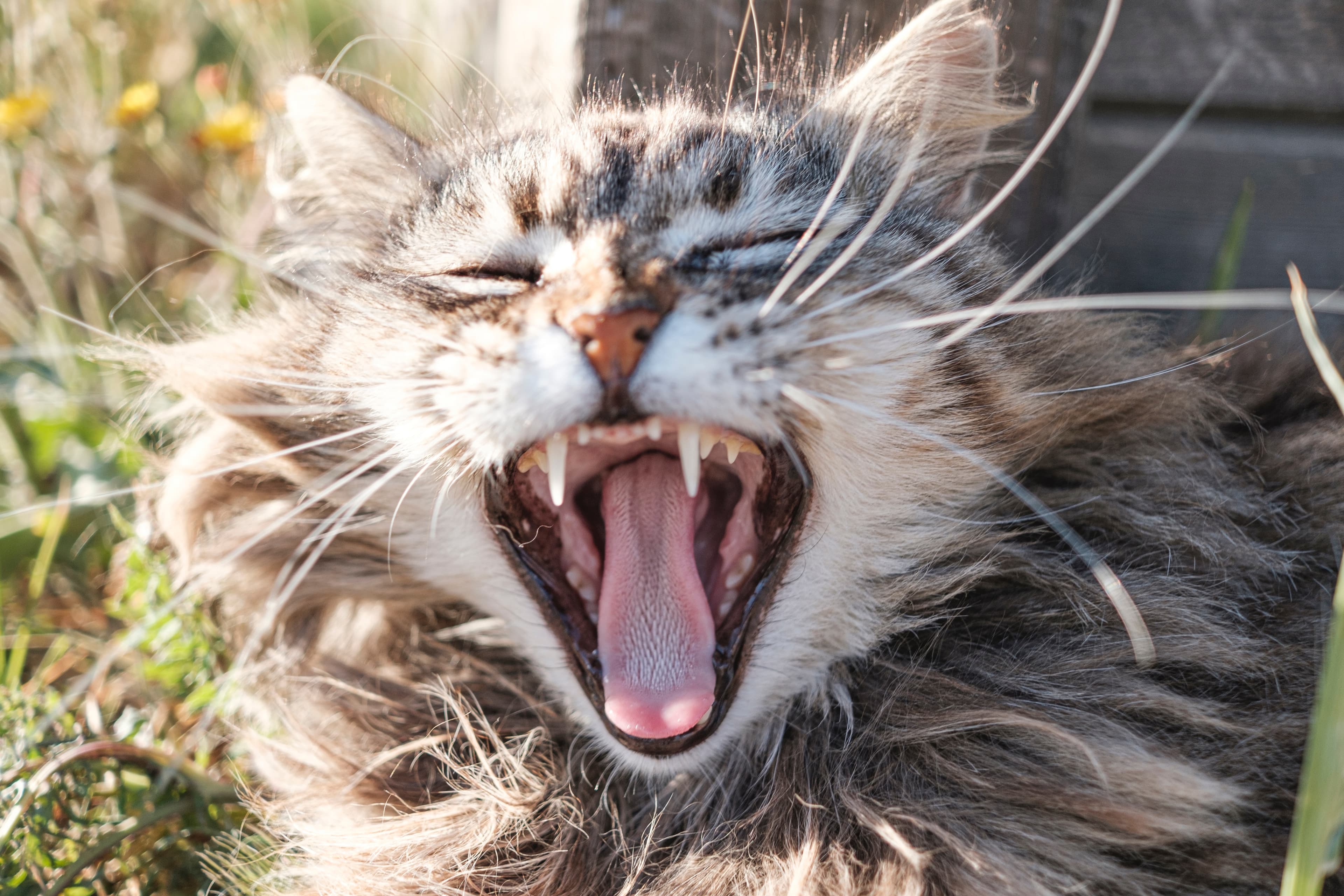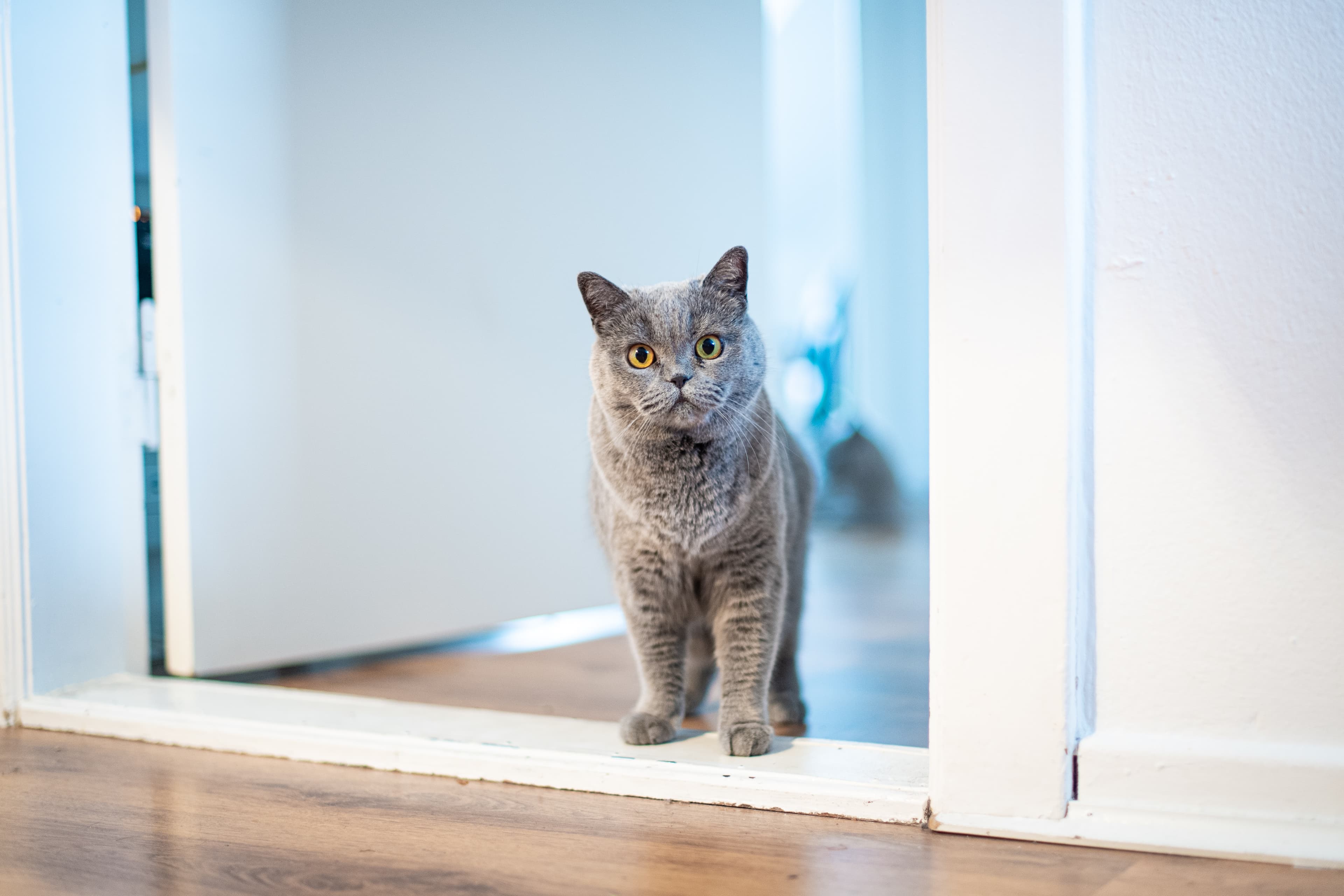Snake bite and cats
There is a poisonous snake in Sweden that is good to keep an eye on. The snake is characterised by its zig-zag pattern on its back and usually grey or brown-grey colour. But there are also dark or completely black individuals. Cats can be bitten by an adder, so it's good to know what to look out for.
Viper bites
Vipers often bite in self-defence when surprised, but they do not always inject venom. The venom is costly to the snake and usually only the snake bites as a warning. The Swedish viper bites its prey with venom, which helps the snake to digest the prey once it has been eaten.
The venom obviously has a greater effect on smaller prey than on cats, but even cats can die as a result of a snake bite. On the plus side, cats seem to cope with a bite better than dogs, for example, and there are usually a few days of swelling and pain at the bite site. However, there is little scientific information on cats and snakebites. Therefore, people nowadays often look at information available on dogs and humans.
How to detect snakebite
Usually the owner does not see the snake but notices it when the cat comes in and may be lame or have a swelling on its leg. If you inspect the skin carefully, you can sometimes see one or two small holes which are the actual bite site. Humans usually show symptoms within 3 hours and if there are no symptoms within 8 hours, usually no venom has been injected. We may assume that this is also true for cats.
A swollen nose after a bite on the nose can feel scary, but it is rare for a cat to swell up again so that it has difficulty breathing. Many cats have no worse symptoms than swelling, pain and fatigue and they often recover within a few days. However, there are more serious cases where the cat has been seen to cause bleeding in the mucous membranes and skin, suffer vascular damage throughout the body and changes in the kidneys, liver and lungs. The internal organs become increasingly damaged and the cat's general condition deteriorates severely; not conscious and with a high pulse rate that eventually causes the cat to die of circulatory collapse.
What to do
Keep the cat still so that the poison is not pumped into the body more quickly.
Do not touch the bite site, try to suck, cool or anything else.
See a vet immediately, if in doubt call a digital vet for a recommendation.
Call the vet you are going to for advice on cortisone and antibiotics which have been shown to help in some cases of snakebite. Never give your cat anything without talking to a vet.
At the vet
When you get to the vet, they will often give IVs, pain relief and monitor heart function as well as taking blood tests to check red and white blood cells, liver and kidneys and blood protein. Sometimes they will give antidotes but this too depends a little on the situation.
When the cat is discharged home, new blood tests are often taken for a few weeks to make sure everything has gone well. The vet also recommends avoiding strenuous activity for the first month after snakebite.






